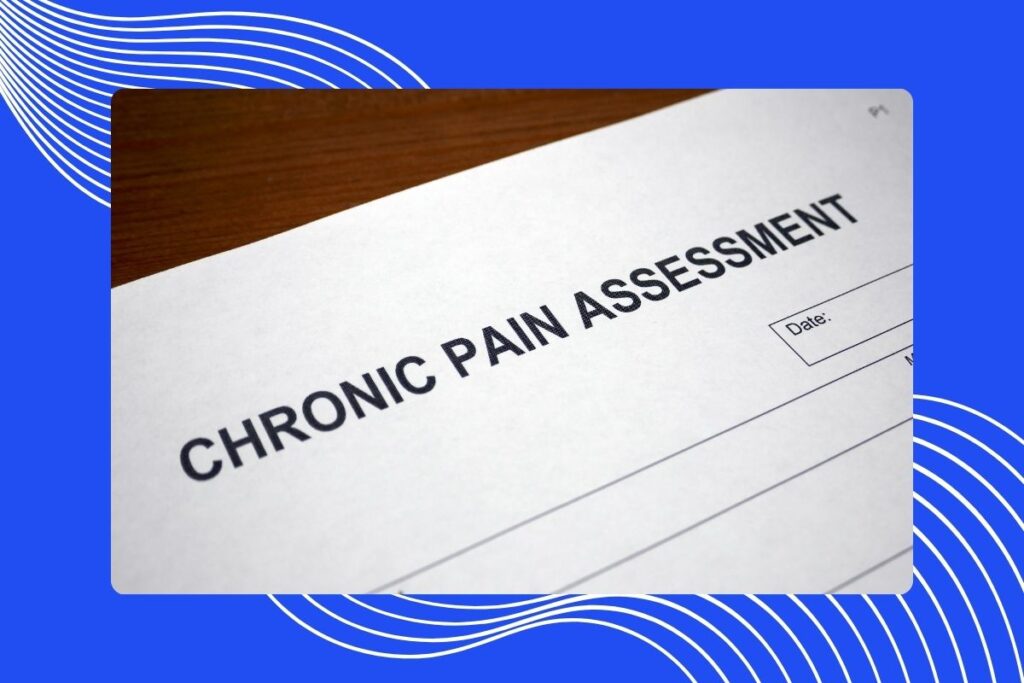Effective communication about pain is crucial in healthcare. Understanding and articulating your pain accurately to your healthcare provider can significantly enhance the management and treatment of your condition. The pain scale, a common tool used in clinical settings, helps in quantifying pain, providing a more objective measure of something inherently subjective. This guide explores how to use the pain scale to communicate your pain effectively.
What is the Pain Scale?
The pain scale is a tool designed to help patients and healthcare providers gauge the intensity of pain. It provides a quantitative measure that helps in assessing the severity of pain, facilitating more accurate treatment decisions. Historically developed for better pain management, these scales are simple yet powerful tools for describing an individual’s pain experience.
Types of Pain Scales
There are several types of pain scales used in medical practice:
- Numeric Rating Scale (NRS): This scale ranges from 0 (no pain) to 10 (the worst possible pain). It is straightforward and widely used for adults.
- Visual Analog Scale (VAS): This scale features a line, usually 10 centimeters long, where patients mark their pain level along the continuum from ‘no pain’ to ‘worst pain imaginable.’
- Faces Pain Scale-Revised (FPS-R): Particularly useful for children, this scale uses faces with varying expressions from no pain to very much pain to help describe pain levels.
Each type of scale may be more suitable depending on the patient’s age, cognitive abilities, and specific medical conditions.
How to Use the Pain Scale
Using the pain scale involves several steps:
- Select the appropriate scale: Choose a scale that you understand and feel comfortable using.
- Consider the type of your pain: Reflect on whether your pain is acute or chronic, as this might affect your perception of pain intensity.
- Evaluate the impact on activities: Think about how your pain affects your daily activities and overall quality of life.
- Incorporate emotional aspects: Recognize any emotional or psychological components to your pain, as these can amplify the physical sensation of pain.
Challenges in Using Pain Scales
While pain scales are incredibly useful, they are not without challenges. Pain is subjective, and individual tolerance varies significantly. Some patients may find it difficult to quantify their pain, while others might underestimate or exaggerate their pain unintentionally. Healthcare providers can aid in this process by offering clear explanations and ensuring the patient feels comfortable expressing their pain accurately.
Enhancing Pain Communication with Your Doctor
When discussing your pain with your doctor:
- Be descriptive: Use the scale to provide a baseline, but also describe the nature of your pain (e.g., stabbing, burning, throbbing).
- Update regularly: Communicate any changes in your pain or its characteristics.
- Discuss the effectiveness of treatments: Share what has or hasn’t worked in managing your pain.
Key Takeaways
Accurately communicating pain using the pain scale is integral to effective pain management. It helps your healthcare provider understand your pain better, leading to more tailored and effective treatment strategies.
FAQs
1. What does a pain scale score really tell my doctor?
A pain scale score provides your doctor with a quantitative measure of your pain, which can help in assessing the severity and nature of your pain. It’s a crucial part of your medical history and treatment plan, aiding in decisions about diagnostics, treatment adjustments, and monitoring of your condition over time.
2. How do I choose which pain scale to use?
The choice of a pain scale often depends on the clinical setting and your personal comfort with the scale. Adults typically use the Numeric Rating Scale (NRS) for its simplicity. For children or individuals who might struggle with abstract numerical concepts, the Faces Pain Scale-Revised (FPS-R) is often more appropriate. Discuss with your healthcare provider which scale would be best suited for your needs.
3. Can I use the pain scale for chronic pain, or is it only for acute pain?
Pain scales are useful for both acute and chronic pain. Chronic pain, however, may require additional considerations, such as the pain’s impact on daily activities and emotional well-being. It’s important to communicate the persistent nature of your pain and any variations in its intensity over time when using the scale.
4. What if my pain changes during the day? Should I average my pain score when reporting it?
Instead of averaging your pain scores, it’s more helpful to note the range of pain you experience throughout the day and the circumstances under which it changes. This information can give your healthcare provider a clearer picture of your pain’s dynamics and help tailor your treatment plan.
5. Is the pain scale used the same way in every medical situation?
While the basic use of the pain scale is consistent, its application can vary based on the medical setting and the specific condition being treated. For instance, in post-operative care, frequent pain assessments are crucial to managing acute pain, whereas, in chronic pain management, longer intervals between assessments may be appropriate. Always discuss with your healthcare provider how to use the pain scale effectively in your specific situation.



